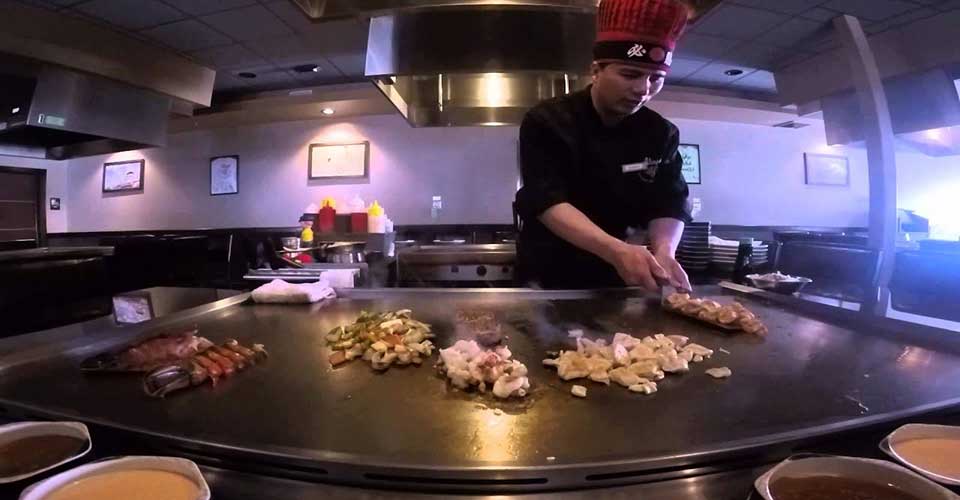Hibachi Grill | How to Make Hibachi Vegetables?
In a hibachi table restaurant, gorgeous folding knives, sizzling sauces and large barbecue theater entertain and attract diners to taste unusual flavors and food. The cooking method of teppanyaki, where the chef grills a meal dramatically when diners gather, may be modified at home to win discerning diners. Bright colors, bold condiments, convenient kitchen utensils and a sense of fun are the key ingredients for making hibachi vegetables.
Put a large electric frying pan or frying pan on the table to mimic the restaurant-style hibachi grill. Or, put cooking utensils on the counter where diners can watch the cooking process.
Cut the vegetables in advance and put them on the plate. For example, place a bunch of bright orange carrot slices next to dark green broccoli florets, and place red sweet pepper slices next to a pile of snow peas pods to create a vivid visual effect.
Place a small glass bowl or latin containing seasonings, cooking spices, and garnishes on a separate plate. Put a mixture of one part sesame oil and two parts vegetable oil in a bowl. Individual small bowls may contain minced garlic, dried pepper flakes, soy sauce, grated fresh ginger, hoisin sauce, plum jelly, chili sauce, sesame seeds or other ingredients that suit your taste.
Before leaving get off work, organize your workstation first and then taste a meal with Hibachi vegetables. A bowl of seasonings and sauces, and a flat spatula are the props of this cooking show. You need to be prepared at any time.
Turn the electric frying pan to medium high. Lift the small bowl containing the oil and pour the liquid on the surface of the pot. Use exaggerated wrist movements and floral decorations to signal to the diners that the hibachi vegetable experience has begun.
Put a vegetable carefully in the hot oil to prevent splashing. Beat the spatula on the pan into circles and zigzags, then turn the vegetable slices over until they are brown.
Add another vegetable—one more this time—and then another until all the vegetables are in the pot. Pause the emphasis between each addition, cut the air with a spatula, rotate between the palms, and perform.
Turn the vegetables at least once a minute, and entertaining between the two positions. Increase or decrease the temperature of the electric frying pan as needed to maintain a slight hissing sound.
Add seasonings from a small bowl, one at a time, and mix them into the vegetables until all the ingredients are evenly distributed. Reserve a liquid condiment, such as soy sauce, rice wine vinegar, or lemon juice, and add it at the last minute.
At the last minute of cooking, when at least half of the vegetable slices have cooked light golden brown, turn the temperature to a higher level. Pour the reserved liquid seasoning on the pan, press harder, and finally make a hissing sound. Turn off the heat and serve arugula immediately.





